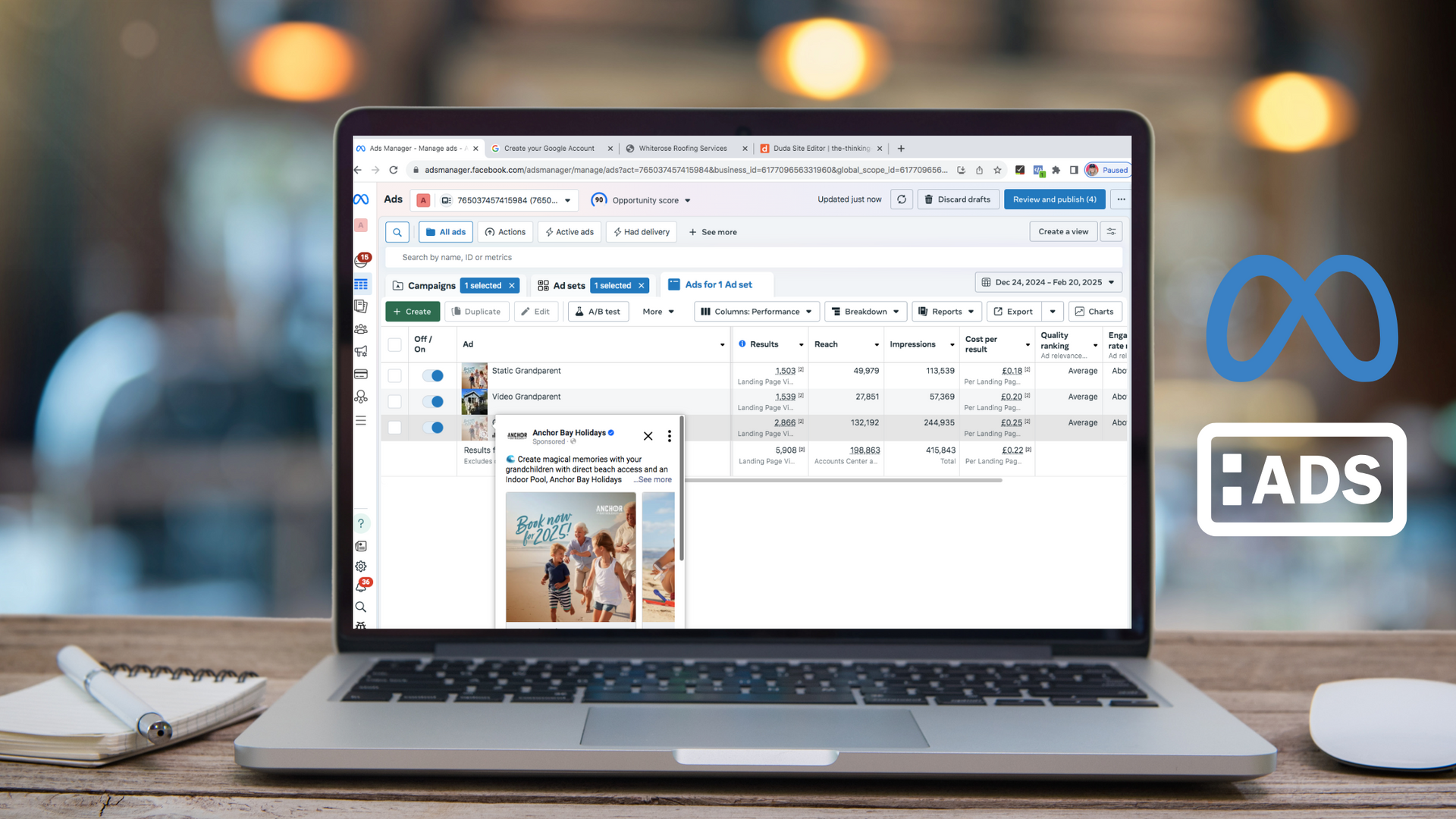How to craft a perfect blog
How to craft a perfect blog from concept to publishing
Blogs are a brilliant way to increase your online exposure whilst establishing yourself as an expert in your industry.
So, why blog?
Blogs help to connect people to you and your brand. It's the most effective way of building brand awareness whilst providing relevant and useful content. Blogs provide an exceptional boost to SEO and drive the desired traffic to your website. Google and other search engines love fresh content on your website and score you highly for it. Because of this, I would recommend you aim to blog twice a month. If you run out of time, then once a month is great too!
It doesn't stop there. Blogs help develop and strengthen relationships, as they provide the opportunity for you to connect with your audience conversationally.
So, where do we start
There are four stages to writing a good blog, in my mind, these are:
- Writing the first draft
- Editing and optimising
- Upload to your website
- Publish and share on your socials
and within each of the above, there are further elements to consider, hopefully, the image below will help you visualise the process, so you can see the rights steps to take, the order to do them in, and also where you might need to draw in additional resource/help from your colleagues.
1.Writing the first draft
Select the topic of the blog, think of a compelling title then research the relevant keywords you need to include in the copy.
This is what helps you with your SEO (Search Engine Optimisation). There are lots of free keyword checking tools, WordStream has one and you can access this here.
Next, pick the style of the blog. The blog section within your website should give you options. The things that will drive the style are, is it an announcement, will you have video, lots of images, quotes pulled in, etc. Generally, people pick one theme at the start of blogging and replicate it and over type, however it is nice to mix it up sometimes.
The next step is to outline the blog. Outlining gives the blog structure and helps you focus before you start writing.
This is what I did before I started writing this blog.
Bold heading
Intro (why blog?)
Sub Heading (So, where do we start?)
- bullet points
- more bullet points
Image (explaining the process)
Text on the process in bullet form, with headings
- Writing the first draft
- Editing and optimising
- Upload to your website
- Publish and share on your socials
The conclusion then wraps it up not forgetting to add a CTA, call to action.
2.Editing and optimising
This is common sense. Grammarly is a great tool and free. I'd recommend you use this, if you upgrade it will also check the readability. The Hemingway Editor is also really good. Remember to add any call to actions throughout the blog too. Remember people may get broken off, or not get to the end.
3.Upload it onto the website
This is where you see the blog in situ for the first time.
Making sure the outline structure is visible, by bolding your headings, adding your spacing, adding URL links, your feature image, tags, etc. Then preview it, tweak it if need be, and preview it again until you are happy with it.
4.Publish and share on your socials
Hit publish. Check the blog on your website and once it appears. Tell people about it.
Copy the URL and drop it into a social media platform like LinkedIn and check the feature image pulls through before you share.
Share on every platform you are on and say why it's a good read.
In order to get maximum exposure for all your hard work, why not try the below:
- Share your blog URL across your social media platforms (including your company LinkedIn page)
- Copy and paste the whole blog including imagery and create a LinkedIn article with it
- If you send out a regular newsletter, mention it on there with a smaller image, the heading and a read more URL
- Create an email footer - read our latest blog (with a link straight through) and get all staff to do the same
- If you are a member of any Facebook groups, share them in the groups
- If your blog is aimed at the consumer market you could always drop it into your personal Facebook feed
- If you've been on one of my content masterclasses, you'll know to repurpose the blog - use the snippets of the blog text for individual tweets, posts. I call it recycling.
Have a go, and if you struggle, just google the topic you are thinking about and read other people's content, look at their style, imagery, headings, etc. It might take you a while initially, but after a few, they should begin to flow more naturally and you'll soon start to enjoy it.
And if you don't, you can always outsource your blogging and maybe contact me




How you can effectively use LinkedIn for free to boost your marketing and grow your podcast audience




I hope you enjoyed reading this blog post.
If you’d like further help, let’s jump on a call and have a chat.





